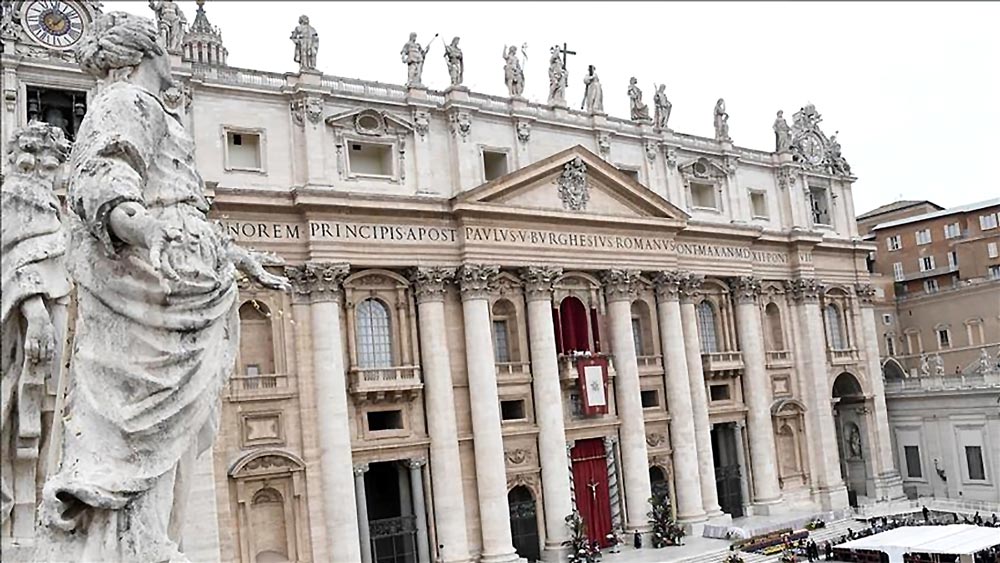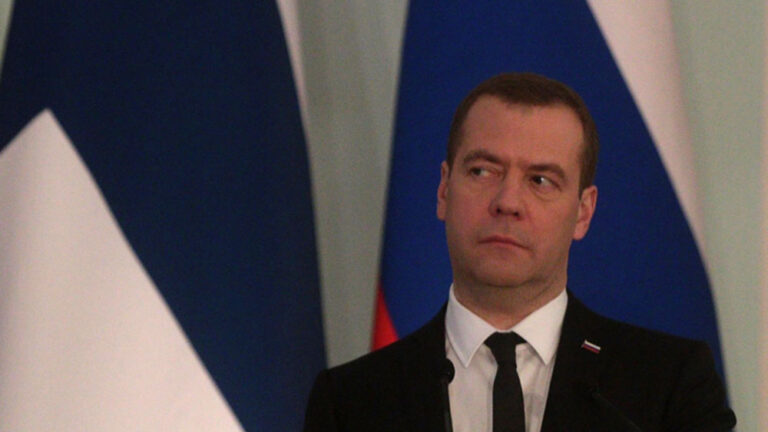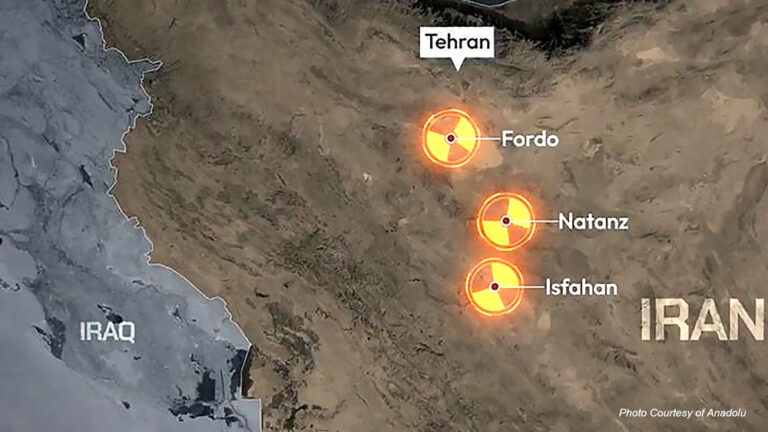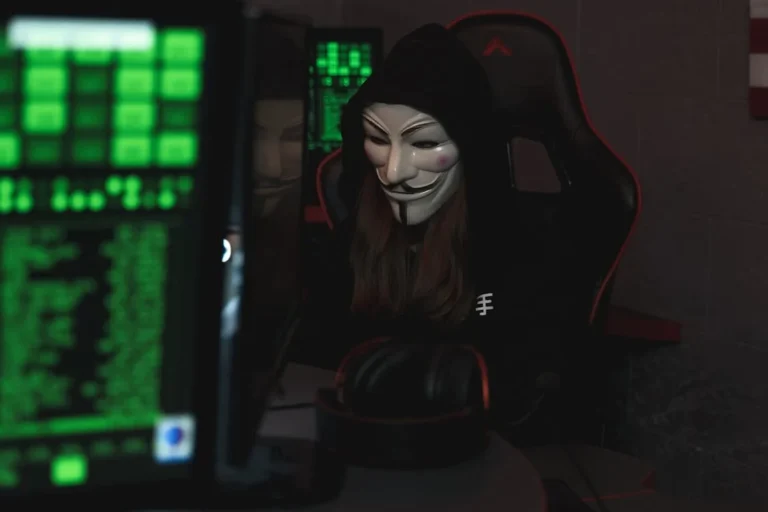ISTANBUL – Following the death of Pope Francis at the age of 88, attention across the globe has shifted to the Vatican, where the process of selecting the next leader of the Roman Catholic Church is set to begin.

Pope Francis, who made history as the first Jesuit and first Latin American pontiff, died after battling a prolonged illness described by Vatican officials as a “prolonged asthma-like respiratory crisis” associated with thrombocytopenia.
His passing has left the papal seat vacant, prompting the Catholic Church to initiate the centuries-old procedure to elect a new pope, and starting the Papal Conclave — a sacred and solemn tradition by which a new pope is selected.
How is the pope elected?
The next pope will be chosen in a secretive and solemn process known as the Papal Conclave, which takes place inside the Sistine Chapel.
The election will be carried out by the College of Cardinals, composed of the Church’s highest-ranking officials. Currently, there are 252 cardinals, 138 of whom are under the age of 80 and eligible to vote.
While any baptized Catholic male is technically eligible for the papacy, the role has historically been filled by a cardinal, and that tradition is expected to continue.
After Pope Francis’s funeral, the cardinals will meet in isolation, cut off from the outside world, as they vote to elect a new spiritual leader for more than 1.3 billion Catholics worldwide.
The papal conclave will initiate within the next two to three weeks after the death of the last pope, giving way for a 9-day mourning period, and allowing for cardinals worldwide to gather at the Vatican.
The voting process
The voting process, steeped in ritual, secrecy and symbolism, includes up to four rounds of balloting per day.
According to the US Conference of Catholic Bishops, to be elected, a candidate must receive a two-thirds majority. Ballots are cast in secret, with each cardinal approaching Michelangelo’s fresco of the Last Judgment to recite a prayer before placing their vote.
Four rounds of balloting are taken until a candidate receives two-thirds of the votes.
Cardinals cast their votes in successive rounds until one candidate secures the required two-thirds majority — a process that can span several days. Historically, some conclaves have stretched for weeks or even months, with rare instances of cardinals passing away during the proceedings.
Results are counted and recorded by designated cardinals. After each round, the ballots are burned in a special stove. The world waits for a sign: black smoke signals no decision; white smoke means a new pope has been elected.
This visible tradition has endured for centuries, often leaving crowds in St. Peter’s Square holding their breath with each plume of smoke.
The only sign of progress to the outside world comes in the form of smoke rising from the Sistine Chapel chimney. Black smoke indicates that no decision has been reached, while white smoke signals the successful election of a new pope. (Anadolu)



